NBA
NBA: Julius “Dr.
Very few figures have shaped the history of basketball as much as Julius Erving. Dr. J still enjoys the highest respect – even though his best time of his life took place almost without the public.
There are thousands and thousands upon thousands of players who have grazed an official Jersey since the NBA was founded in 1949. There are now a lot of legends among them, there are currently 183 players in the Hall of Fame alone.
But there is also a much smaller, elitist circle.
Here are the pioneers who have changed the sport; the flair of a previously dry sport (such as Bob Cousy), the athletics and Hangtime established (Bill Russell, Elgin Baylor), the rule changes (Wilt Chamberlain, Kareem Abdul-Jabbar), or those who were so popular that they took the sport to a whole new level commercially (Larry Bird, Larsay Bird)
Julius Erving can also be found in this circle – for a variety of reasons. He revolutionized the game because he transferred jazz from free space to professional sport and made the game “cool” like no one else before him. But he also changed the image of the professional athlete as such, because in a more than wild age he was an always dignified representative who was respected and liked everywhere – even by white spectators who otherwise couldn’t do much with the “too black” sport.
Last but not least, Erving is included in this list because he combined all of these qualities and was the main reason why NBA merged with the former ABA in 1976, after having worn them almost alone for years. The NBA couldn’t and wouldn’t want to miss this traction horse any longer.
After all, she had already missed her chance once before.
Erving’s way into the league was by no means an ordinary one, reflecting the era in which he grew up. As a young player, Erving also made a good impression at high school, but there with the handbrake on – he saved his really unique moves for New York’s free places, among others for the legendary Rucker Park.
There he tested the limits of gravity, there the name “Doctor”was established, which a friend of his from school had lent him, there he became a phenomenon even before his time as a professional, and indeed a myth. There he also developed his unique style:”I saw for the first time in Rucker Park that 2 points doesn’t always mean 2 points. For the spectators, the style also always played a major role,”explains Erving later.
This insight had not yet reached the NBA at that time – but even more so in the ABA. In this respect, it was not surprising that it was the “Show League” which approached Erving with a professional contract in 1971, when he was still an “undergraduate” and had not yet completed his studies. The NBA rules forbade this at that time, but the ABA never had such concerns.
The ABA teams took risks when they considered them to be reasonable – and they were not always right about what ultimately meant their downfall. But they should not regret the decision to seek out this skinny student from the University of Massachusetts.
Erving hit the Virginia Squires immediately. His rookie statistics were almost absurd (31.9 points, 15.7 rebounds, 4 assists), especially considering that Doc was only second in the rookie-of-the-Year race behind Artis Gilmore (23.8 points, 17.8 rebounds, 5 blocks). In the playoffs, however, Erving went even further – the 22-year-old then delivered 33.3 points, 20.4 rebounds and 6.5 assists in his first post-season over eleven games!
It’s hard to imagine what kind of hype would have resulted if the ABA had reasonable audience numbers or even a real television contract. Nevertheless, word got around that a rather special young player had been playing here – even in the NBA. Since Erving’s college year was now “finished” in the summer of 1972, Dr. J. is automatically included in the NBA draft, although he already had a professional contract in another league.
Erving was also picked – from the Bucks, to No. 12. At that time, Kareem Abdul-Jabbar and Oscar Robertson were already playing there and it is hard to imagine how dominant this team with Dr. Abdul-Jabbar and Oscar Robertson is. J would have been. However, he didn’t really want to go to Milwaukee. Instead, he wanted to force a change to the Atlanta Hawks and Pete Maravich, but Virginia blocked it by court order. Erving’s move to the NBA was postponed until further notice.
Not that he had sulked because of it, as some stars did at that time (Chamberlain and Rick Barry, for example) – that was not Erving’s style. Rather, in the next four ABA years, which he still had, he became the absolute flagship of the league.
From 1974 to 1976 he was three times in the MVP series, and he was also top scorer of the league three times. In 1974 and 1976 he won, then in the New York Nets jersey, two titles and two awards as “Playoff-MVP”. His performance in the 76’76 playoffs (35 points, 13 rebounds, 5 assists over 13 games) is still considered one of the best in basketball history.
Ervings Wert went far beyond titles, points or awards because he not only played outstandingly well, but also spectacularly and uniquely. His game drew attention to the whole league, which she would not have got otherwise. The best example of this was probably the Dunk Contest 1976 – the first one ever – in which Dr… J from the free-throw line and set the whole basketball world in ecstasy.
Page 1: Julius Erving: The flagship of the ABA
Page 2: Ervings time in the NBA


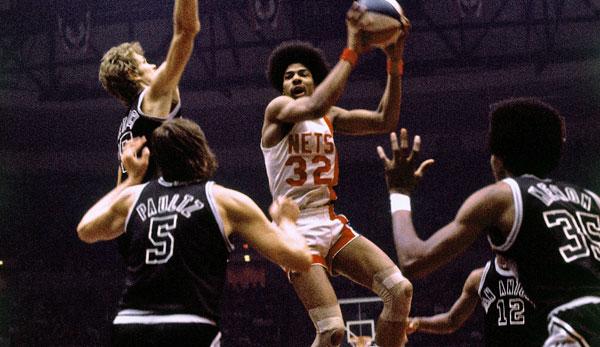
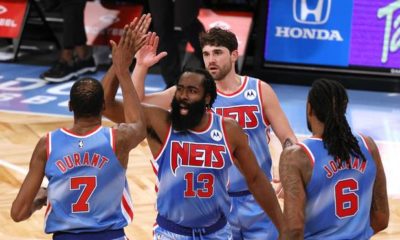
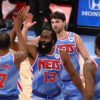
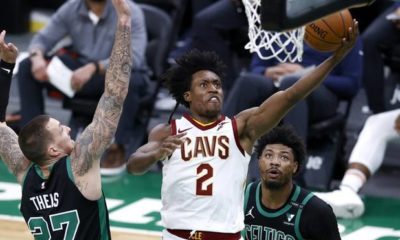

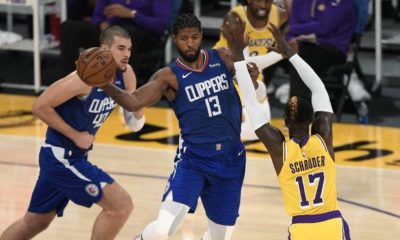



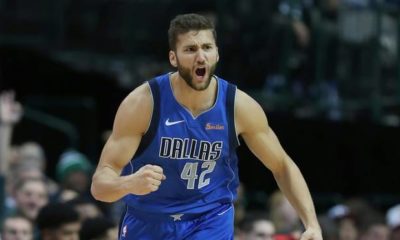
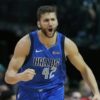



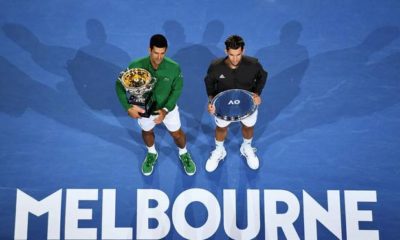

You must be logged in to post a comment Login